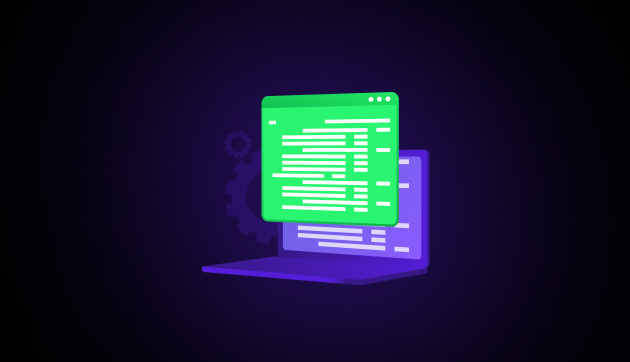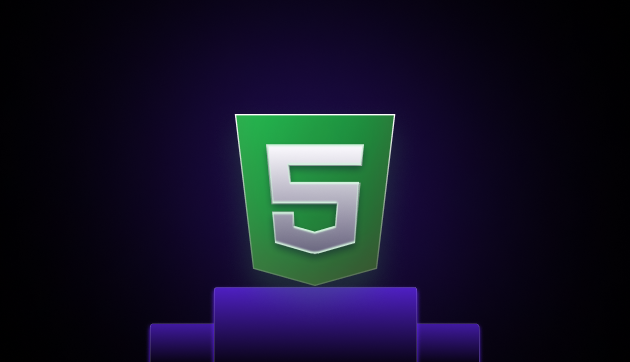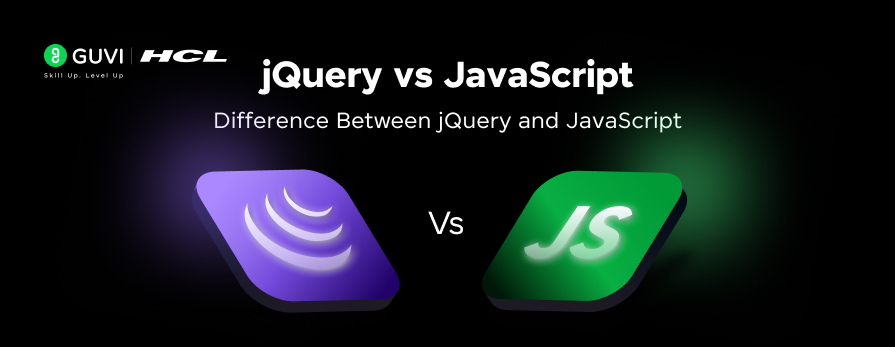
What are Web Development Frameworks? A Smart & Simple 101 Guide for Beginners
Jul 11, 2025 3 Min Read 954 Views
(Last Updated)
When building a website or web app, starting from scratch can be slow and confusing. That’s where web development frameworks come in.
A web development framework is a ready-made structure that helps developers build websites faster and better. It includes tools, templates, and rules that make coding easier and more organized.
In this blog, we’ll explain what web development frameworks are, why they are useful, and give you examples of popular frameworks used by developers today.
Table of contents
- What is a Web Development Framework?
- Benefits of Web Development Frameworks?
- Types of Web Development Frameworks
- How to Choose the Right Framework?
- Summary of Popular Frameworks
- Conclusion
- Frequently Asked Questions
What is a Web Development Framework?
Web development frameworks is a set of tools, code, and rules that help developers build websites and web apps faster and more efficiently.
Think of it as a starter kit or template that already includes common features like file structures, code libraries, and styling guides, so developers don’t have to build everything from scratch.
For example, instead of writing your own code to handle page navigation or user login, a framework already provides that functionality. This saves time and helps maintain clean, well-organized code.
There are two main types:
- Front-End Frameworks: Handle what the user sees and interacts with (design, layout, buttons)
- Back-End Frameworks: Handle what happens behind the scenes (servers, databases, user data)
Benefits of Web Development Frameworks?
Frameworks are popular because they solve common development problems and speed up the work. Here’s why developers prefer them:
- Faster Development
Web development frameworks come with pre-written code and built-in features like routing, form validation, and session handling.
Example: In React, you can reuse UI components like buttons, menus, and cards, no need to write the same code again and again.
- Organized and Cleaner Code
Web development frameworks follow standard design patterns (like MVC – Model-View-Controller), which help developers write code that’s easy to read and maintain.
Example: Django separates your logic, design, and data clearly using the MVC pattern.
- Built-in Security Features
Web development frameworks protect against common security problems like SQL injection, XSS (Cross-Site Scripting), and CSRF attacks.
Example: Laravel has built-in protection against SQL injection right out of the box.
- Community and Ecosystem
Popular Web development frameworks have large communities. This means lots of tutorials, free tools, ready-made templates, and fast answers to your questions.
Example: React and Node.js have millions of users and active contributors.
- Easier Testing
Most Web development frameworks support unit testing, making it easier to find and fix bugs early.
Example: Angular has built-in tools for testing components.
If you want to learn web development step by step, this Web Developer Bundle gives you all the courses and resources you need to start your journey, even if you’re a complete beginner.
Types of Web Development Frameworks
Understanding the types of web development frameworks helps you choose better:
- Front-End Frameworks
These focus on the user interface, how the website looks and feels.
- React (JavaScript):
Developed by Facebook. Great for dynamic and interactive UIs. Used in apps like Facebook, Instagram, and Netflix.
- Angular (TypeScript):
Built by Google. Ideal for large-scale enterprise applications. Offers powerful tools for building and testing.
- Vue.js (JavaScript):
Lightweight and beginner-friendly. Loved for its simplicity and flexibility.
- Back-End Frameworks
These work in the background, handling servers, APIs, databases, and business logic.
- Node.js (JavaScript):
Lets you run JavaScript on the server side. Great for real-time apps like chat apps or live dashboards.
Curious about how Node.js works for web development? Here’s a beginner-friendly Node.js course that shows you how to build server-side apps with ease.
- Django (Python):
Known for security, speed, and clean code. Used in platforms like Instagram and Pinterest.
- Laravel (PHP):
Offers elegant code, built-in tools, and fast development. Includes features like authentication, routing, and mail.
- Spring Boot (Java):
Ideal for large, complex enterprise apps. Used by many banks, e-commerce platforms, and B2B services.
How to Choose the Right Framework?
There’s no “one best” framework. The right one depends on your project needs, team experience, and future goals.
- Project Type
The type of project you’re building will help you pick the right framework.
For example, if you want to create a real-time chat app, Node.js is a great choice. If you need a secure, data-heavy dashboard, Django or Spring Boot are both strong options.
- Team Skills
Your team’s skills also matter. If your team knows JavaScript, then React and Node.js will be easier and more comfortable to use.
For teams familiar with Python, Django will be the simplest framework to work with.
- Community Support
Community support can make a big difference. Frameworks like React and Laravel have large, active communities.
This means you’ll find plenty of tutorials, resources, and ready-to-use components to help you solve problems quickly.
- Scalability
If you want to build an app that will grow to serve many users, choose a framework known for scalability, such as Spring Boot or Angular.
- Learning Curve
And finally, consider the learning curve. If you’re new to web development, start with a beginner-friendly framework like Vue.js, Laravel, or Django.
These are easier to pick up and have lots of helpful resources for beginners.
If you want to know what skills are important for web developers today, this blog on the skills required to become a web developer will guide you on what to focus on and how to plan your learning.
Summary of Popular Frameworks
Below is the summary of popular web development frameworks:
| Framework | Type | Language | Ideal For |
| React | Front-End | JavaScript | Dynamic UIs, single-page apps |
| Angular | Front-End | TypeScript | Enterprise-grade web apps |
| Vue.js | Front-End | JavaScript | Lightweight apps, beginners |
| Node.js | Back-End | JavaScript | Real-time apps, API development |
| Django | Back-End | Python | Secure, scalable websites and apps |
| Laravel | Back-End | PHP | Rapid app development |
| Ruby on Rails | Back-End | Ruby | Fast prototyping, MVPs |
| Spring Boot | Back-End | Java | Complex business applications |
Conclusion
Web development frameworks make it much easier and faster to build modern websites and apps.
They give you ready-made code, smart tools, and helpful rules that save time and prevent mistakes.
Remember, there’s no single “best” framework. It all depends on your goals, skills, and what you want to build.
Getting ready for job interviews? This list of web developer interview questions and answers can help you practice and feel confident.
Try out a few, and keep learning. The more you practice, the better your projects will become!
Frequently Asked Questions
1. What is a web development framework?
A web development framework is a set of tools and code that helps developers build websites and web apps quickly and easily, without starting from scratch.
2. Do I need to use a framework to make a website?
No, you can build a website with just HTML, CSS, and JavaScript. But frameworks save you a lot of time, make your code more organized, and add security and extra features.
3. Which web development framework should I learn first?
If you’re a beginner, try learning Vue.js, Django, or Laravel. They are easy to start with and have great community support.




































Did you enjoy this article?